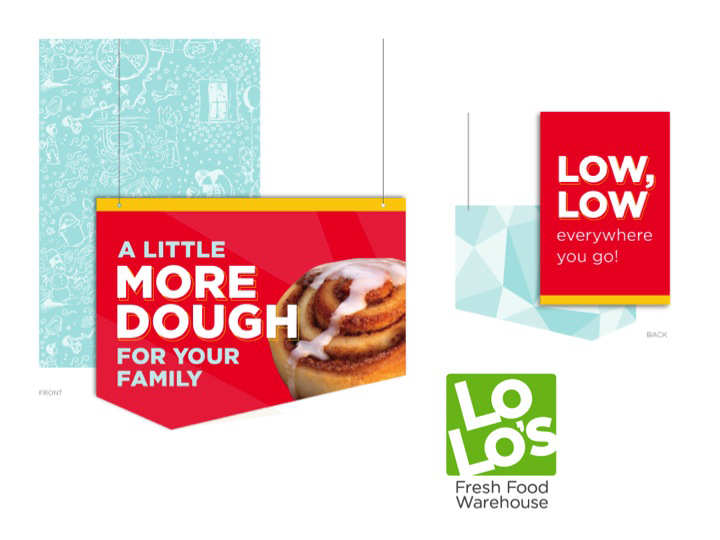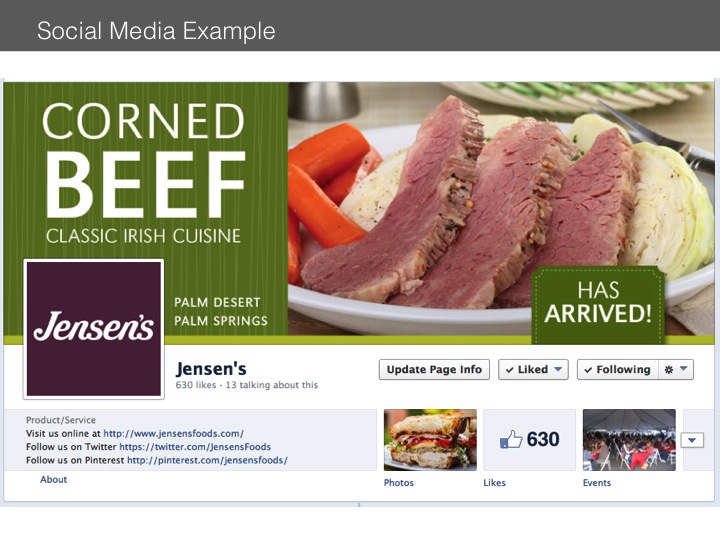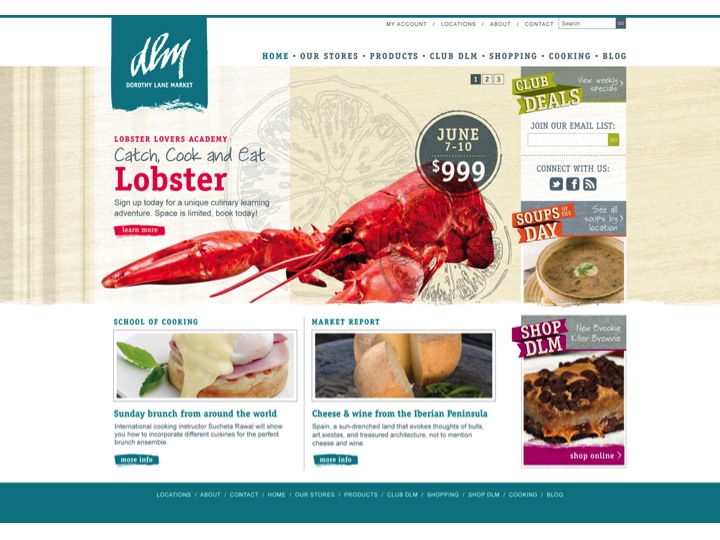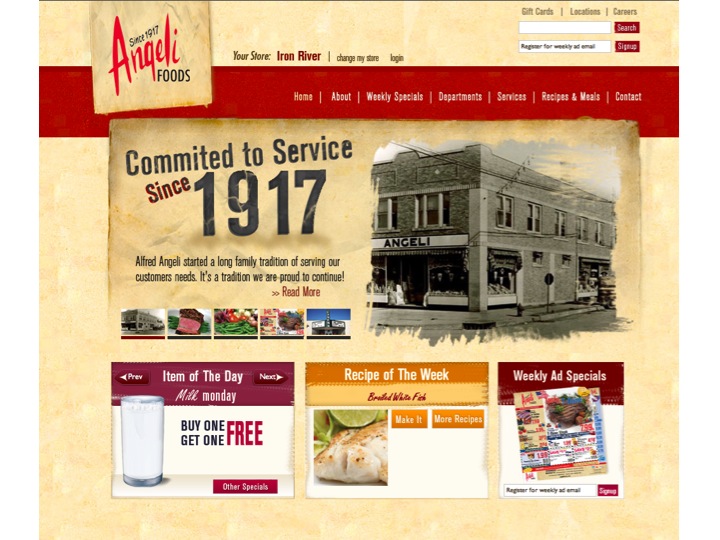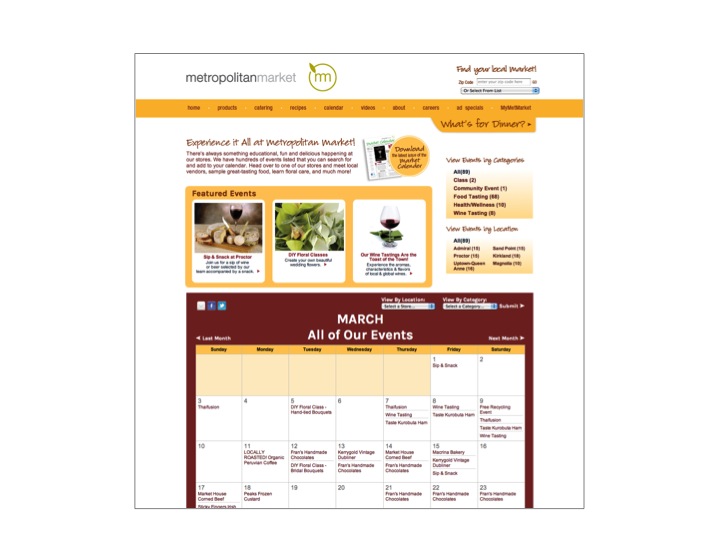DW's Blog
Strategic Positioning
by DW Green — February 16, 2010
Wikipedia defines positioning in this way: “…Positioning is something (perception) that happens in the minds of the target market. It is the aggregate perception the market has of a particular company, product or service in relation to their perceptions of the competitors in the same category. It will happen whether or not a company’s management is proactive, reactive or passive about the on-going process of evolving a position. But a company can positively influence the perceptions through enlightened strategic actions.”
Overview
Right about now, you may be thinking, “Our stores are strategically positioned; what can this guy tell us that we don’t already know?” But it’s all in how you define strategic positioning.
Strategic positioning means different things to different people. We define strategic positioning as the creation of a unique and valuable position, supported by a system of activities distinct from those of your competitors. The key words here are “unique,” “activities,” and “distinct.”
Anyone can claim they’ve positioned their store. But is it really a unique position, or just a knock-off of your competitor’s? What is your unique position? Your competitor’s? And is your strategic position supported by every activity the supermarket carries out, from pricing to signage, product assortment to employee training? And have you developed a distinctive way to carry out these activities?
While our approach may sound like common sense, very few retail food stores actually perform strategic positioning this way. In fact, many companies simply imitate one another in a type of herd behavior, each assuming the competitors know something they do not. Some modify a few of the more obvious activities to support the strategic position, and they think they’re done. But that’s just the beginning. Those businesses that create a complete system of distinctive, integrated activities are the ones that achieve a long-term competitive advantage. And often, the most successful businesses are those that have created formats that previously did not exist (we’re all familiar with alternative formats’ negative effect on supermarket revenues).
Determine your strategic position
Rather than copying formats similar to your own, focus on differentiating your store from them. Competitors that make their living in the same way cannot coexist — no more in business than in nature. Each must be different enough to have a customer-attracting distinction—a unique advantage. The most dangerous competitors are those that are most like you. The differences between you and your competitors are the basis of your advantage. The object is to enlarge the scope of your advantage, which can happen only at someone else’s expense. That’s why it’s so difficult to compete with alternative formats and why it’s so important to differentiate your store from those of your closest format rivals.
Focus, focus, focus
A strategic position is not sustainable unless it is focused. Because you can’t be everything to all people successfully, you must purposefully limit what you offer and to whom. When you are identifying your strategic position, choices about what not to do are just as important as choices about what to do. Your success depends on the trade-offs you are willing to make. Simply put, a trade-off means that more of one thing necessitates less of another. A supermarket can choose to offer more service departments, adding labor costs and higher retails, or it can choose not to, offering less service and lower retails, but it cannot do both without bearing major inefficiencies.
Differentiate your activities
Your strategic position drives which activities to perform, how to configure the activities, and how to integrate them. You need to look at all the operational and promotional activities your supermarket performs and determine what you can do to differentiate your activities from those of your competitors. Competitive advantage results when activities support one another and fit well. It is useful to think in terms of creating a theme which links activities, such as low cost, a particular notion of customer service, or a particular conception of the value delivered. Strategic positions built on integrated systems of activities are far more sustainable than those built on individual activities.
Summary
Successful strategic positioning boils down to this: identifying a unique and valuable position, focusing your efforts on a specific segment of the market, and supporting the position with an integrated system of operational and promotional activities.
Satchel Paige once said, “If you don’t know where you’re going, you might wind up somewhere else.” But if you position yourself strategically, you’re sure to wind up with a competitive advantage.
Filed Under: DW's Blog












